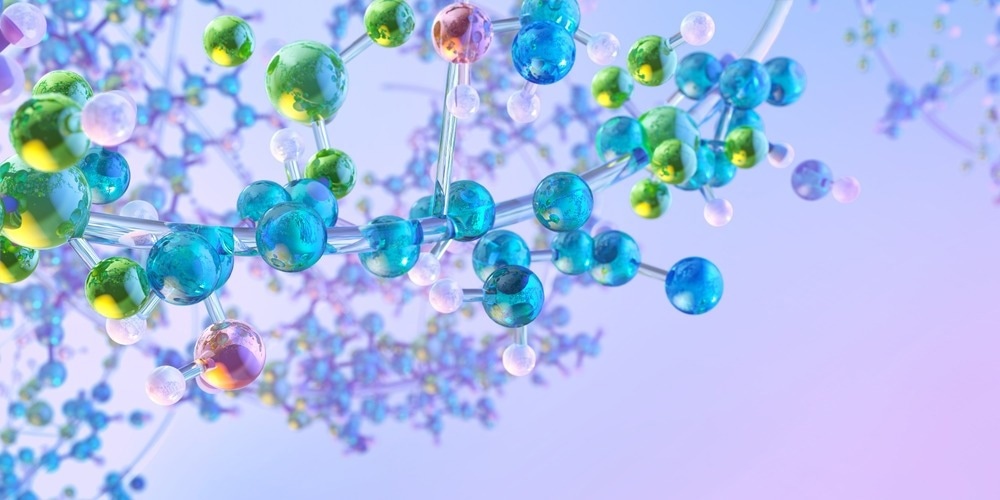Sponsored by B&W TekReviewed by Olivia FrostMay 7 2025
Polymers are essential to our lives. Their durability, adaptability, and cost-effectiveness depend on efficient manufacturing techniques and strict quality control (QC).

Image Credit: Corona Borealis Studio/Shutterstock.com
Effective quality control ensures that plastics satisfy high criteria throughout the manufacturing process, from raw material inspection and polymerization monitoring to additive control and final product evaluation. Implementing systematic quality control improves product reliability and increases manufacturing efficiency.
Plastic producers, compounders, and processors rapidly implement advanced quality control procedures to minimize costs, remain competitive, and manage resource constraints.
The polymer sector uses advanced analytical techniques, such as Raman and near-infrared (NIR) spectroscopy, to maintain high-quality standards and stimulate innovation.
The increased use of spectroscopic techniques for quality control reduces human error, improves safety by avoiding direct chemical exposure, and simplifies laboratory procedures.
These complementary technologies allow for the quick, nondestructive, and exact analysis of polymers at different phases of manufacture. Their capacity to produce rapid and reliable findings makes them essential for routine quality control and research applications.
Polymer manufacturers can better understand their incoming and finished materials by carefully combining both processes. This will improve product quality, reduce waste, and increase overall efficiency.
B&W Tek’s e-Book explains the advantages of employing NIR and Raman spectroscopy for polymer characterization. This e-Book includes a brief introduction to both analytical approaches and an overview of where each is best used in the polymer production process, as well as various application examples, including:
- Polymer identification/verification
- Polyamide (PA)
- Polyethylene terephthalate (PET)
- Polyolefins
- Polyvinyl chloride (PVC)
- Polyurethane (PU)
- Polystyrene (PS)
- Acrylonitrile butadiene styrene (ABS)
- Polyester (PES)
- Polymethyl methacrylate (PMMA)
In addition, the following topics are covered:
- Polymer applications using specialized Raman technology
- Unique Raman and NIR solutions from Metrohm
- Further information about using NIR, Raman spectroscopy, and Process Analytical Technology (PAT) for polymer analysis
Click here to see the full article

This information has been sourced, reviewed and adapted from materials provided by Metrohm AG.
For more information on this source, please visit Metrohm AG.